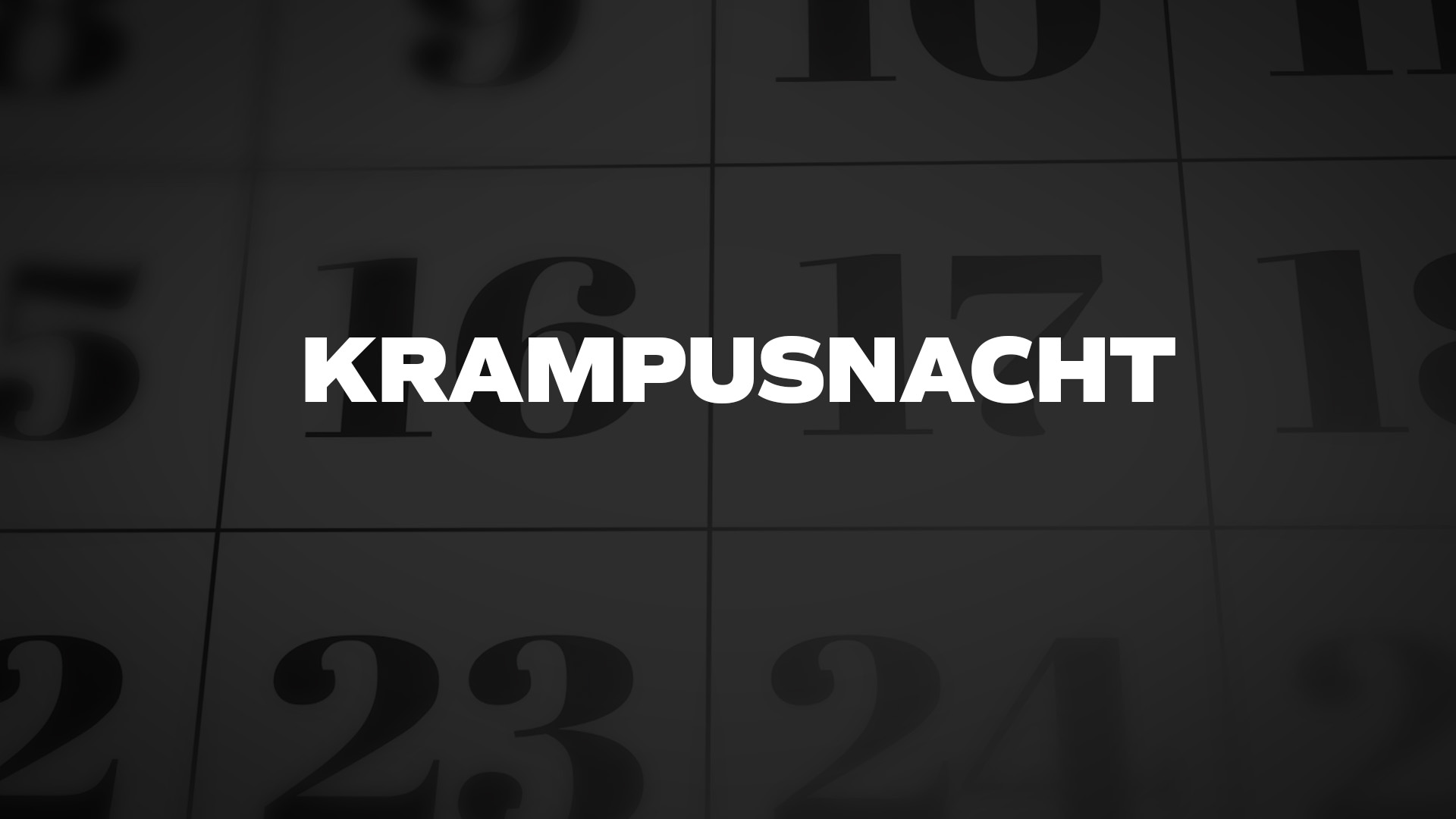Krampusnacht is a traditional Austrian and Bavarian folklore celebration held on the night of December 5th. It is the night when the mythical creature known as Krampus, a horned half-goat, half-demon, roams the lands.
#HASHTAGS
#Krampusnacht
Krampusnacht is celebrated annually on December 5th
| Year | Date | Day |
|---|---|---|
| 2023 | December 5 | Tuesday |
| 2024 | December 5 | Thursday |
| 2025 | December 5 | Friday |
| 2026 | December 5 | Saturday |
| 2027 | December 5 | Sunday |
| 2028 | December 5 | Tuesday |
| 2029 | December 5 | Wednesday |
| 2030 | December 5 | Thursday |
| 2031 | December 5 | Friday |
| 2032 | December 5 | Sunday |
| 2033 | December 5 | Monday |
| 2034 | December 5 | Tuesday |
| 2035 | December 5 | Wednesday |
